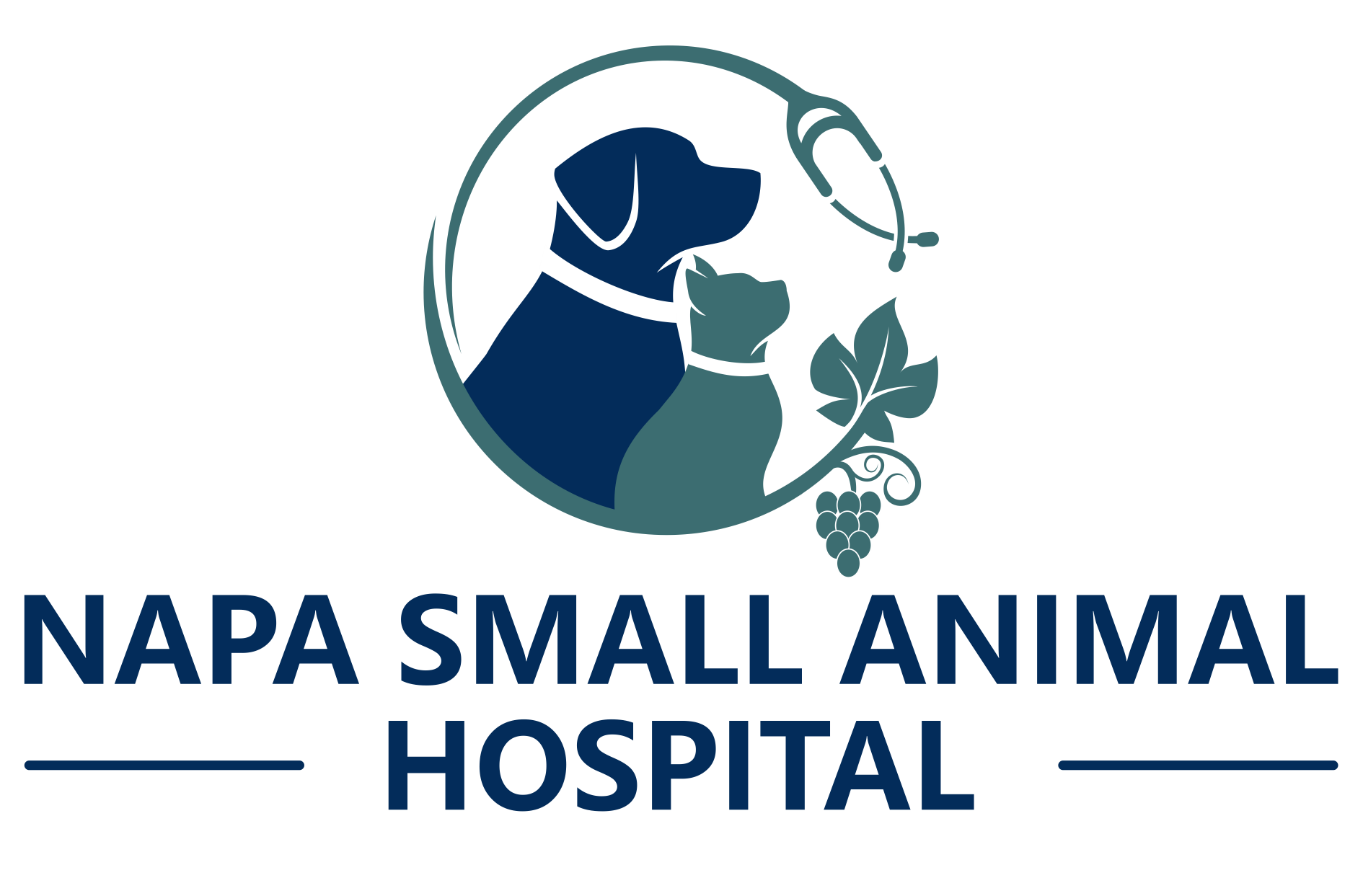Library
-
Good hygiene takes practice, but starting early will make keeping your pup clean easier for his entire life. You can start some of these jobs shortly after your puppy arrives home. Be sure to keep a calm voice and use food rewards as positive conditioning to make it a positive experience.
-
The American Animal Hospital Association and American Veterinary Medical Association have established guidelines to standardize preventive health care for cats, helping them to live longer, healthier lives. This handout provides an overview of the recommendations within these guidelines and why they are so important.
-
The American Animal Hospital Association and American Veterinary Medical Association have established guidelines to standardize preventive health care for dogs, helping them to live longer, healthier lives. This handout provides an overview of the recommendations within these guidelines and why they are so important.
-
Anesthesia-free dentistry is commonly offered at pet stores and grooming facilities. It is more limited than veterinary dentistry, and often a higher-stress option with more potential for injury from sharp instruments. Dental cleanings should only be performed while your pet is under anesthesia. Your veterinarian will customize your pet's anesthetic plan for your pet's overall health.
-
Many pets are sensitive to being restrained for grooming. With slow progress and positive rewards, your pet can learn to accept or even enjoy having their teeth cleaned.
-
Teething in puppies lasts from about 3 to 6 weeks of age and again from 12 to 24 weeks of age. Safe chew toys are an important source of energy release, but if puppies are not stimulated sufficiently, or supervised carefully, they will chew elsewhere. Occasionally, retained baby teeth or other dental abnormalities can occur that need to be addressed by your veterinarian. It is important to get your puppy used to having their mouth manipulated for exams and teeth brushing.
-
Dental X-rays in cats are similar to those taken in humans. In many cases, intraoral (within the mouth) dental X-rays are necessary to identify and treat dental problems in your cat. Nearly two-thirds of each tooth is located under the gum line. Your cat will need to be anesthetized to accurately place the X-ray sensor and perform a thorough oral assessment, treatment, and prevention procedures.
-
Dental X-rays in dogs are similar to those taken in humans. In many cases, intraoral (within the mouth) dental X-rays are necessary to identify and treat dental problems in your dog. Nearly two-thirds of each tooth is located under the gum line. Your dog will need to be anesthetized to accurately place the X-ray sensor and perform a thorough oral assessment, treatment, and prevention procedures.
-
Tooth resorption in cats is a painful condition with no known cause. The most affected teeth are the premolars of the lower jaws. Tooth resorption is divided into specific types based on the X-ray appearance of the tooth root. Signs and treatment are discussed.
-
Tooth resorption in dogs is a painful condition with no known cause. It is categorized into two types with subcategories of each: internal or external. Tooth resorption is usually only visible on intraoral radiographs. Although the premolars of the lower jaw are most affected, lesions can be found affecting any tooth. Signs and treatment are discussed.

